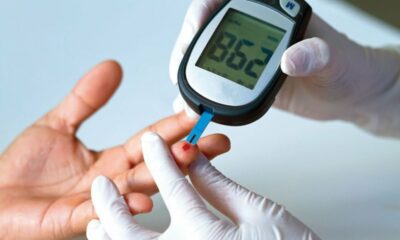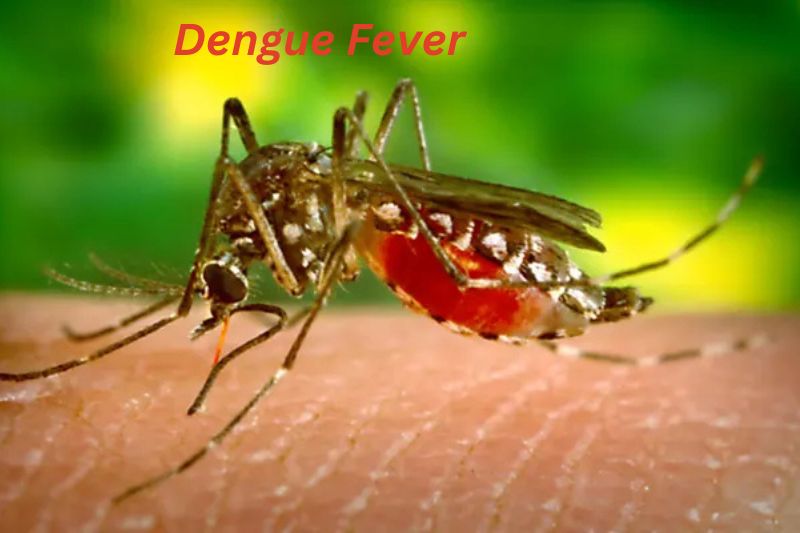With the arrival of spring break, the U.S. Centers for Disease Control and Prevention (CDC) has issued a warning about a growing threat of dengue fever, particularly in U.S. territories like Puerto Rico and the U.S. Virgin Islands. As travel peaks during the spring and summer, the risk of both travel-associated and locally acquired dengue cases in the United States increases. The CDC is urging healthcare providers, public health officials, and the general public to take necessary precautions to prevent, detect, and respond to dengue fever cases.
Dengue Transmission and High-Risk Areas
The CDC has noted that dengue transmission remains high, with increased cases reported in American Samoa, the Federated States of Micronesia, the Republic of the Marshall Islands, and the Republic of Palau. Additionally, locally acquired dengue cases have been detected in Florida, Texas, Hawaii, Arizona, and California.
Large outbreaks of dengue fever in endemic regions raise the risk of infection among U.S. travelers, and the presence of dengue-carrying mosquitoes in some parts of the United States could lead to small outbreaks.
In 2024, a record-breaking 3,484 dengue cases were reported among U.S. travelers—an 84% increase from the previous year. The CDC expects this trend to continue in 2025 due to rising dengue activity in endemic areas.
What is Dengue Fever?
Dengue fever, often called “break-bone fever,” is a viral infection transmitted to humans through the bite of infected Aedes mosquitoes, primarily Aedes aegypti and Aedes albopictus. The disease is caused by four closely related dengue virus serotypes: dengue-1, dengue-2, dengue-3, and dengue-4. It is more prevalent in tropical and subtropical climates.
Symptoms of Dengue Fever
The CDC lists fever as the most common symptom of dengue, often accompanied by:
- Severe headache
- Pain behind the eyes
- Muscle, joint, and bone pain
- Nausea or vomiting
- Fatigue
- Skin rash
- Mild bleeding (such as nosebleeds or gum bleeding)
While most cases are mild, severe dengue can develop in some individuals, leading to life-threatening complications such as plasma leakage, fluid accumulation, severe bleeding, or organ failure.
Preventive Measures
To minimize the risk of dengue fever, the CDC recommends the following preventive steps:
- Use insect repellent: Apply EPA-approved mosquito repellents containing DEET, picaridin, or oil of lemon eucalyptus.
- Wear protective clothing: Long-sleeved shirts and long pants can reduce mosquito exposure.
- Use mosquito nets: Especially when sleeping in areas where dengue is common.
- Eliminate standing water: Mosquitoes breed in stagnant water, so regularly empty containers, flower pots, and other water-holding items.
- Stay in air-conditioned or screened-in areas: This reduces exposure to mosquito bites.
What to Do If You Suspect Dengue Fever
If you experience symptoms of dengue, seek medical attention promptly. Stay hydrated, get plenty of rest, and avoid aspirin or ibuprofen, as these can increase the risk of bleeding.
Conclusion
With the CDC warning of an increase in dengue fever cases, it is crucial to stay informed and take proactive measures to protect yourself and your loved ones. Awareness, prevention, and early detection are key to reducing the spread of this mosquito-borne illness.

 Diabetology2 weeks ago
Diabetology2 weeks ago
 Diabetology2 weeks ago
Diabetology2 weeks ago
 Diabetology2 weeks ago
Diabetology2 weeks ago
 Diabetology2 weeks ago
Diabetology2 weeks ago
 General Medicine1 week ago
General Medicine1 week ago
 Diabetology4 days ago
Diabetology4 days ago
 Diabetology4 days ago
Diabetology4 days ago
 Diabetology4 days ago
Diabetology4 days ago









